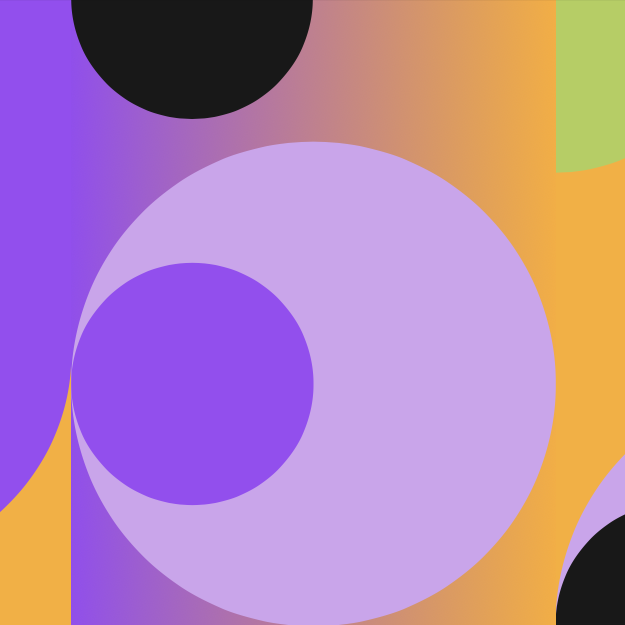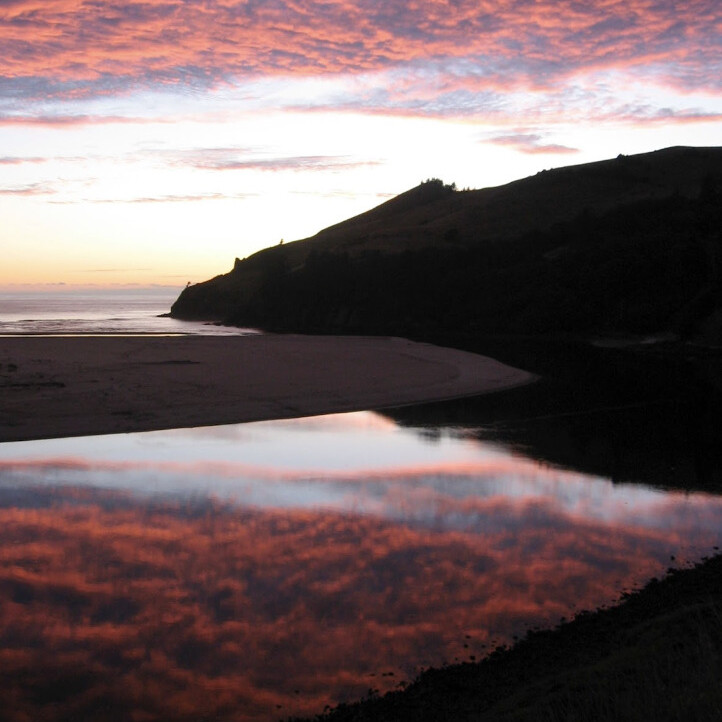In Whose Story Is This? (A Hero Is a Disaster, 2019), Rebecca Solnit reminds us of Ursula Le Guin’s proposal of “the bottle as hero.” By this Le Guin means that instead of the easily-accessible dramatic story of the male-brandishing-spear and hunt being “heroic,” she considers women’s work of gathering into a bottle or basket true heroism, and worthy drama. In the early years of our human history, slaying created status for men, while weaving provided status for women. Weaving baskets is about integration of grasses as elements that make a whole, and “it is a technology that creates containers and models complexity” (p. 148).
This image of the network as a woven basket that is greater than the sum of the grasses that comprise it, is a powerful metaphor for me. What do the social networks of relationships that we weave hold? What do they make possible? The container may be envisioned by a few, but the container itself, the thing that holds the gathered, is woven by the weaver of the many.
So what is this weaving, this “technology that creates containers?” In Braiding Sweetgrass, Robin Wall-Kimmerer (2013) sees the weaver as one who nurtures the growth of the sweetgrass, harvests not from the edges, not from the youngest or oldest, not from those seeding, and only a small portion of the stand. Each sprig of grass is gently separated from the others to be cured and eventually woven back together in the new design of the basket. All of this is done with a sense of reciprocity – taking with gratitude and giving back with humbleness and joy – a mutuality that goes beyond simple gratitude but is based on that gratitude. It strikes me that the network weaving we do in communities is something akin to this. We prioritize the relationships, close triangles to pull the weave tighter, and we assess the connections to see if the pattern we are creating will serve our collective design. Seeing the network as a whole is like watching the design of the basket emerge. And seeing the emerging design enables the co-creation of its evolving form.
Our relationships are largely invisible as a whole to the collective and the interactions or conversations that create them are often transient. Jane Dutton calls the interactions between us high-quality connections (HQCs) when they are energized, engender positive regard and mutuality, are resilient, have emotional carrying capacity, and are highly generative (Dutton and Heaphy, 2003). HQCs can extend over time or be transient but they create a residual impact that makes the relational soil fertile with future possibility.
A social system map is a concrete container that makes the invisible visible. It is a way to capture a trace of those HQCs and holds them after the fact in a persistent way, to be seen over time, by the participants when they have the time, energy, and focus to perceive the parts or the whole. It can provide feedback to the collective about relational quality and structure that contributes to its self-awareness. Snapshots in time can provide a view of a network’s evolution, whether it is a system shifting network, a learning ecosystem, a campaign, a community of interest, community of practice, or some other form with purpose.
Segue … An Opportunity!
A prototype social system map was created this year for the Network Weaving Facebook group by the MasterMappers, a small group of mappers learning from each other that use the sumApp (survey) and Kumu (map visualizer) tools. MasterMappers convened a few gatherings (65 participants) to come up with an initial design and have led the implementation. The idea was to learn by doing, provide value to the Network Weaving community, and to use it as a tool to support the practice of network weaving in the community.
There are now 104 people participating in the map. It is interactive and is dynamically updated if any participant changes their personal information or their relationship status. We’d like to grow this map to get a large enough base of active users that we can all draw lessons from the experiences of creating it and using it.
The map has filters to slice and dice by different criteria. Different views capture participant interests, indicate what skills they have to offer the community, or what skills they need. Relationship types are plotted. Comments about relationships between individuals can be captured. And all of this is changeable as we continue to discover together what we want to know about each other.
Another view provides geographical location.
-
- If you haven’t yet joined the map, you can do so quite easily by following this opt-in link. By opting-in you’ll get an email from the MasterMappers (me, [email protected]) with your own unique sumApp survey link.
- The survey captures information about you and your relationships to others in this Facebook community. The map is by and for the members of the Network Weaving Facebook group so if you aren’t a member, please join first.
- Here is a work-in-progress playlist of videos that help orient you to the map and mapping.
- Click here if you want to join our mapping community of practice, attend a sumApp On-Ramp (learn from other people’s maps), and/or get access to a wealth of information about Social System Mapping.
- If you want a rich description of social system mapping, see Christine Capra’s video. She and her husband Tim Hanson are the creators of sumApp, the survey tool. (Yay!)
See you on the map!
(Jim Best, [email protected])
–––––––––––––––––––––––––––––––––––––––––––––––––––––––––––––––––––––––––
Dutton, J. E., & Heaphy, E. D. (2003). The power of high-quality connections. Positive organizational scholarship: Foundations of a new discipline, 3, 263-278.
Kimmerer, R. (2013). Braiding sweetgrass: Indigenous wisdom, scientific knowledge and the teachings of plants. Milkweed Editions.
Solnit, R. (2019). Whose story is this? Old conflicts, new chapters.
Photo by Carrie Beth Williams on Unsplash
Related Posts
November 4, 2024
Receiving Love and Care: A Liberatory Practice
June 21, 2024



